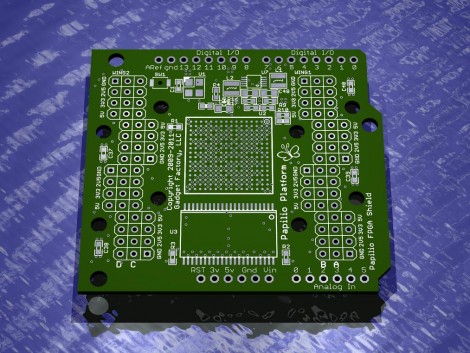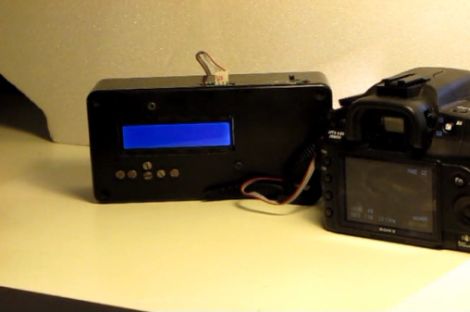Hackaday contributor [Nick Schulze] popped out an impressive set of LED headgear for a hat-themed party.
[Nick] is no stranger to working with LEDs. Previously he built a blue 8x8x8 cube something like this other 512 node full color version. He had a bunch of LEDs left over from that project and decided to put them to good use.
The first part of the build is the frame itself, made from thick fencing wire. He just started bending it around his head and got an uncomfortable head-shaped hoop to which he could solder. From there, enameled copper wire wraps its way through the system, supplying logic levels to all of the LEDs. Everything is done without a circuit board of any kind. The LED drivers themselves are attached by first using a zip tie to affix a resistor to the frame, then by soldering the TLC5916 chip to that resistor. Even the ATmega8 is included dead-bug style by soldering it to the frame which we think servers as ground. Program it with the free-floating female pin header and you’ll get the fantastic animations seen in the video after the break.
Continue reading “LED Headgear Is Marvel Of Free-formed Circuitry”

















